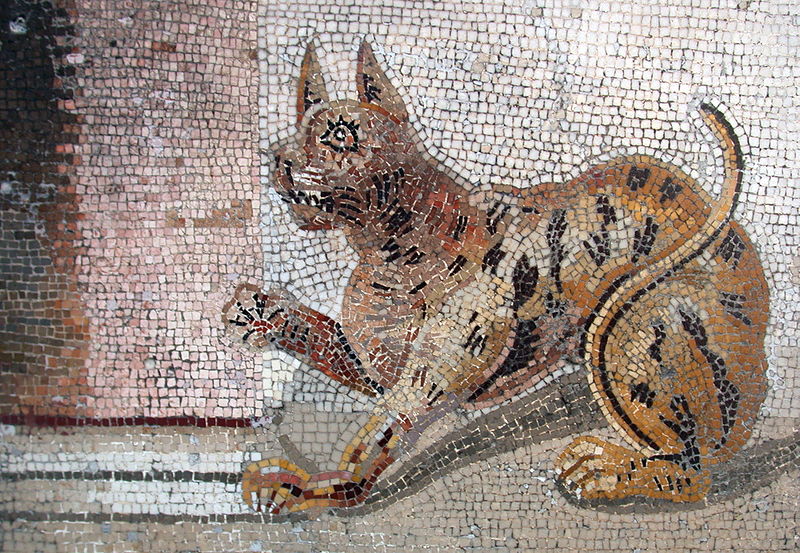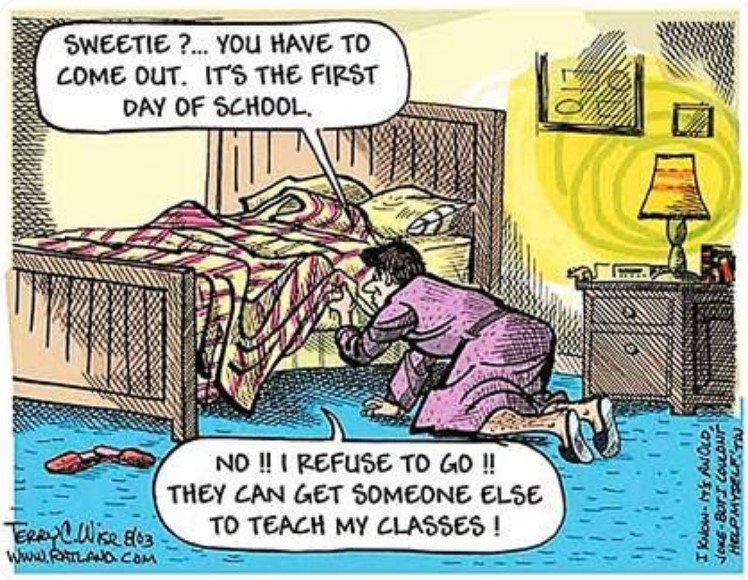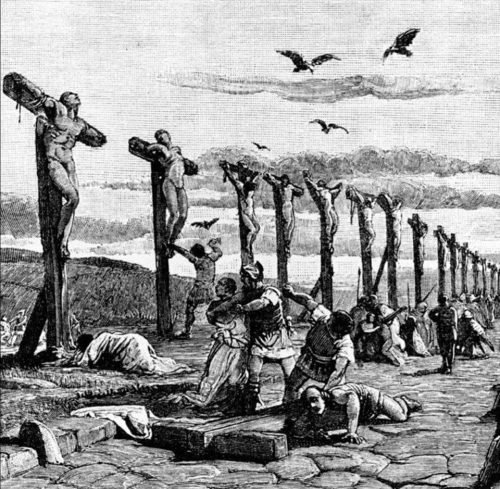‘Until someone is held accountable for Jessica’s death we will never be able to process what happened to her. It simply can’t be the case, in those circumstances, that a young girl with her whole life ahead of her died and it’s no one’s fault.’
Hannah Davison, elder sister of Jessica Lawson.
In the Spring of 2015 I returned from my last school trip abroad. Before I even made it home, before the wheels of the aircraft had touched the tarmac, I had already decided: never again. I had run around 10-12 trips to the Bay of Naples in my time and I knew I couldn’t cope with it any more.
With hindsight – and certainly for the students – that final trip was no more eventful than any other. One child projectile-vomited across their hotel bed-blankets. Another sustained sunstroke. Lots of blisters. A few behavioural issues. The usual. But on the penultimate night of the trip, as a direct consequence of a bizarre sequence of events that no Risk Assessment could have predicted, one child slid to the floor and hit their head. On an Italian hotel floor. As anyone who has stayed in one will know, that means the floor is made of marble.
That night was a black vortex of terror. I consulted the laminated card issued to trip leaders with contact details to be used in the event of a life-threatening event or a life lost on a trip. The Senior Leader on call was calm and efficient and informed the parents that their child had been taken to hospital and was having a brain scan. It was the most horrifying few hours of my life.
He was fine. Completely fine. Joined us on the outings for the next day with no ill effects. Situation back to normal, everybody move on. Only I couldn’t. I was left in the grip of a fear I had always carried.
What if?
What if?
What if it happens on my watch?
On my return to the school I informed the Deputy Head – the same man who had taken my strained call on the night of the event in question – that I had decided against running any more school trips. He was kind but dismissive and clearly thought that I would change my mind. When I explained my fear, that if something were to happen to a child on my trip, not only would I struggle to deal with the guilt, I felt sure that I would be held accountable, blamed by everyone and most likely in the dock, he chuckled; he told me that I was being a little paranoid and said that so long as my Risk Assessment was robust I had nothing to worry about. I was convinced he was mistaken. Not only mistaken, but deeply naive. I have a huge amount of respect for most of the Senior Leaders I have worked for, but sometimes they are just plain wrong. He and I argued for a while about the way society had shifted towards a blame-culture, in which accidents could not happen and people always had to be held accountable. He remained convinced that a robust Risk Assessment was the answer. We parted on friendly terms, he in the hope that he had changed my mind, I even more convinced of my decision.
That very summer, July 2015, in the first week of the school holidays, my blood ran cold in my veins as I heard on the news that a little girl had drowned in an accident on a school trip in France. Senior Leaders from the school and other support-workers were flying out to Limoges where the accident had happened. It felt like my nightmares were being played out in front of me on screen and I wept for everyone involved: the child lost to us, her desperate family and every member of staff on that trip who had given up their time and their energy to give some children a memorable experience, only to find themselves trapped in a nightmare they would never wake up from. I knew that they would never forgive themselves. I knew that they would never recover. What I did not know is that they would see my imagined nightmare scenario all the way through to the dock, accused of “manslaughter through gross negligence” a full seven years later.
All three teachers and the lifeguard on duty at the beach faced these charges in a French court this year. Seven years of waiting through what was no doubt an agonising preparation process. Yet Marie-Sophie Waguette, head of jurisdiction at the Palais de Justice in Tulle, said there was “no evidence to show that they were negligent”. Nobody running the trip was to blame, nor was the lifeguard on the scene. Any suggestion that the staff could and should have carried out individual safety checks on the pontoon that capsized and caused Jessica’s death were dismissed as unreasonable.
Reporting has been varied and somewhat minimal given how long after the event the case has been brought. Reliably, the Daily Mail produces the nastiest of angles, using the line “teachers walk free” in its headline, suggesting that one of them had “panicked” when the child was missing (who wouldn’t?) and focusing mawkishly on the raw grief of Jessica’s bewildered family, compounded by a verdict they did not want in a trial that should never have happened. The family are now thinking of pursuing a civil case and my heart aches for them as well as for the teachers involved. For all of them, it seems, this nightmare will never be over.
For me, the case illustrates the terrifying responsibility carried by so many teachers every time they run a trip. One particularly anxious parent once cornered me and said, “I want your cast-iron guarantee that my daughter will be one hundred percent safe on your trip.” Maybe others would have patted and cajoled and comforted but I couldn’t lie to her. “I can’t promise that,” I said. “Nobody can. All I can promise you is that I will do everything in my power to keep your daughter safe. But there are lots of things I cannot control.” The child did not come with us.
One of the numerous reasons I feel glad to have moved on from my job in schools is that my ongoing refusal to run trips was becoming a problem. Covid obviously gave me a couple of years without the pressure, but many children asked me about it over the years, not least because the Bay of Naples trip had a reputation of being the very best of experiences. My successor loves running trips and made it clear in his interview that he expected to do so. I am thrilled for the children that will regain this opportunity now I’m out of the way. I genuinely mean that. Gripped by fear and horror as I was, I was no use to them. Of course I support school trips. Of course I remember how much the students gained from them. Of course they should continue to happen, so long as we have staff that are willing and able to run them. All I ask is that we show some compassion to those teachers when things do go wrong, as sometimes they inevitably will. We do our very best out there in loco parentis. I promise we do. Sometimes it just isn’t enough.










